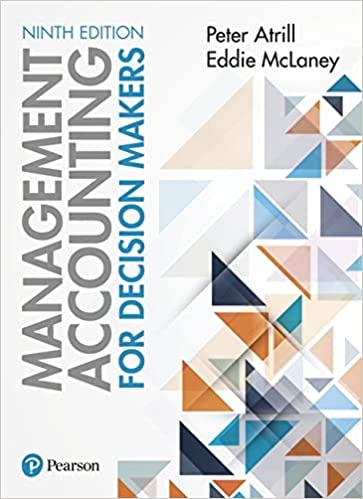Question
Each of A Corp.s and B Corp.s entire outstanding capital stock consists of 100 shares of common stock. All 100 shares of A Corp.s common
Each of A Corp.s and B Corp.s entire outstanding capital stock consists of 100 shares of common stock. All 100 shares of A Corp.s common stock is owned by John, whose cost basis is $100 per share. He sells 70 of those shares to B Corp. for $14,000 ($200 per share). Prior to that sale, A Corp. had accumulated E&P of $3,000 and no current E&P. What are the tax consequences of the sale in the following alternative situations?
a. John is the sole shareholder of B Corp. with a cost basis of $20 per share. B Corp. has accumulated E&P of $2,000 and current E&P of $1,000.
b. John is the sole shareholder of B Corp. with a cost basis of $20 per share. B Corp. has no current E&P and a deficit of $10,000 in accumulated E&P.
c. John owns 40 shares of B Corp. with a cost basis of $20 per share. The remaining 60 shares are owned by an unrelated individual, Jenny, with a cost basis of $50 per share. B Corp. has accumulated E&P of $2,000 and current E&P of $1,000.
d. Johns daughter, Jane, is the sole shareholder of B Corp. with a cost basis of $60 per share. B Corp. has accumulated E&P of $3,000 and current E&P of $3,000.
Step by Step Solution
There are 3 Steps involved in it
Step: 1

Get Instant Access to Expert-Tailored Solutions
See step-by-step solutions with expert insights and AI powered tools for academic success
Step: 2

Step: 3

Ace Your Homework with AI
Get the answers you need in no time with our AI-driven, step-by-step assistance
Get Started


